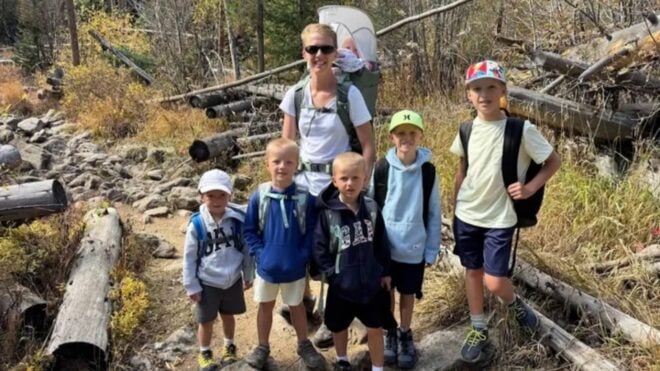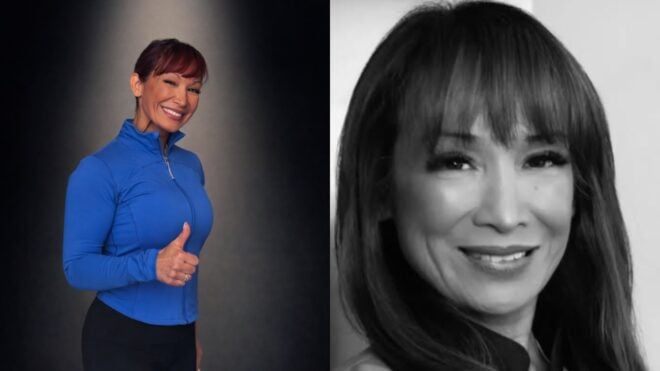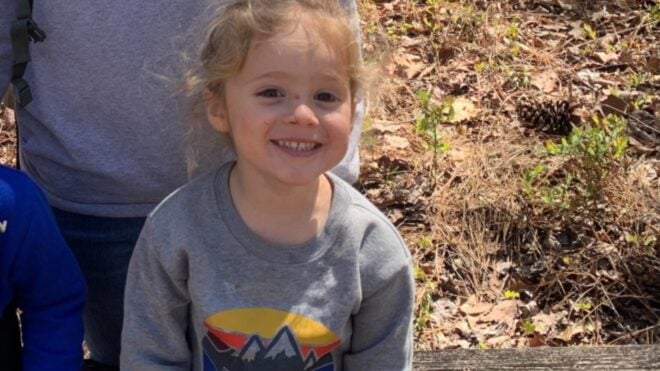This year, September comes as it always does, bright and lively with leaves turning and kids going back to school.
Fall is a joyful time — but September of 2017 also marks a somber anniversary: the 16th year since the September 11, 2001 attacks on the Twin Towers.
Every year, this is an occasion marked by memorials, and by tears shed for those we lost. Here in New York City, folks from all over the region gather at the twin infinity pools that mark where the towers once stood to mourn together.
But, as much as it’s a time to grieve, it’s also a time to recognize the resilience of the human spirit. Fifteen years after the attacks, we’re still here.
Furthermore, we still stand proud, and we remember the incredible heroes who showed true courage under fire, from Bretagne, the brave golden retriever that searched the rubble for survivors, to the countless firemen and police officers who raced selflessly in to save anyone they could.
But of all the brave men and women we remember on 9/11, few are more iconic than Marcy Borders, better known as the Dust Lady.
Read on to learn the story of this brave woman, forever engraved in America's history thanks to one iconic photo.
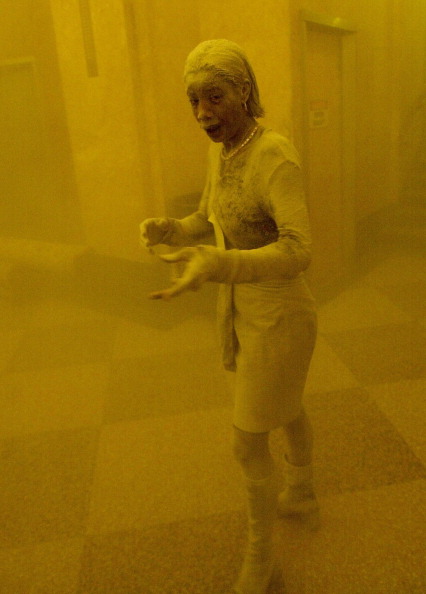
After a tragedy on the scale of the 9/11 attacks, it often seems that one or two iconic pictures emerge, helping us to parse the sheer scale of the catastrophe, and understand what's happened on a primal, emotional level.
The saying "a picture is worth a thousand words" gains new meaning in the light of tragedy.
For September 11th, this picture, shot by Stan Honda, is the image that captures the moment.
In the photo, Marcy Borders, a brand new employee at Bank of America on the 81st floor of the North Tower, escapes the crumbling building.
She is caked in thick yellow dust, which swirls in the air around her, and clings unrelenting to her pencil skirt and twinset.

After that day, dozens of images emerged of people stumbling from the wreckage of the towers.
Many were injured, and all struggled to breathe; like Borders, the survivors were all powdered with dust, the byproduct of two of the world's tallest edifices crumbling.
Every image was a horror in its own right, a reminder of the massive scale of this terrorist attack that claimed 2,996 lives.
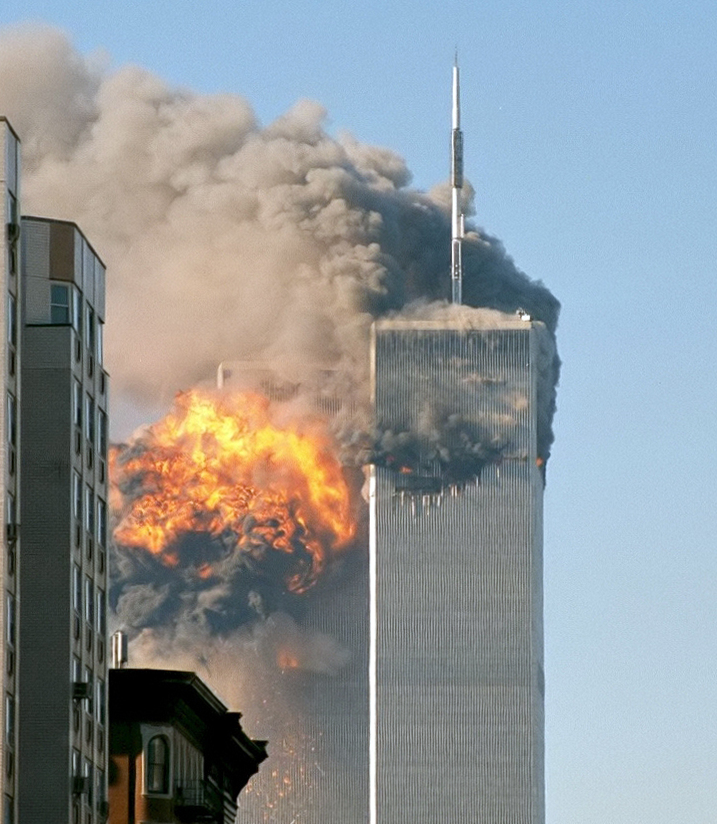
The whole world watched in horror and dismay as live news coverage caught up to the scene.
Countless photos show the North Tower, already burning, closely followed by the South Tower.
Cameras were rolling and live broadcasts filtered in to news studios worldwide, as the second plane struck the South Tower, and as both towers began to crumble and collapse.
Countless images were captured that day; each more distressing than the last.
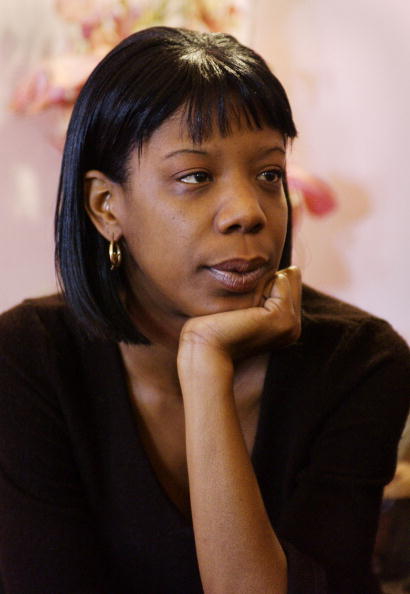
Still, no image seems to capture the essence of the attacks quite like Honda's picture of Borders.
It spread quickly, flashing across news station and printed in virtually every paper from the Atlantic to the Pacific.
Borders, like the Tiananmen Square Tank Man before her, became a symbol, best known by her media-given moniker: the Dust Lady.
Under all of the dust and publicity though, she was still a 28-year-old bank clerk who had survived an unthinkably traumatic experience.
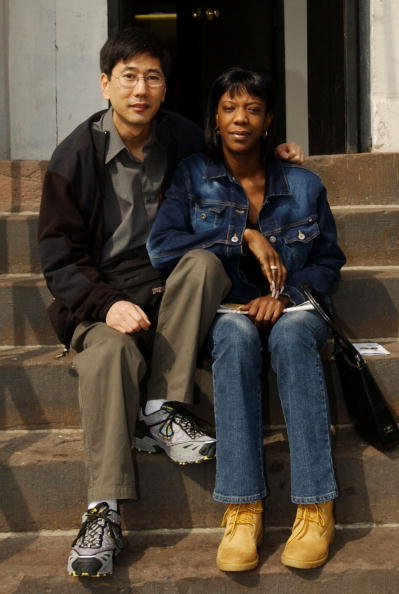
Marcy Borders suffered years of PTSD from her experience, and the ripple effects on her life were profound.
Over the course of ten years, the promising young professional fell into addiction, suffered the breakup of her partnership, and lost custody of her children.
It wasn't until Osama bin Laden's death in 2011 that Borders finally got the closure that she needed to turn her life around.
After U.S. soldiers made an end of Al Quaeda's elusive leader, Borders had the push she needed to get sober and reform her relationships with her two kids.
Here, she is pictured with Stan Honda, the photographer who captured the iconic Dust Lady photo.
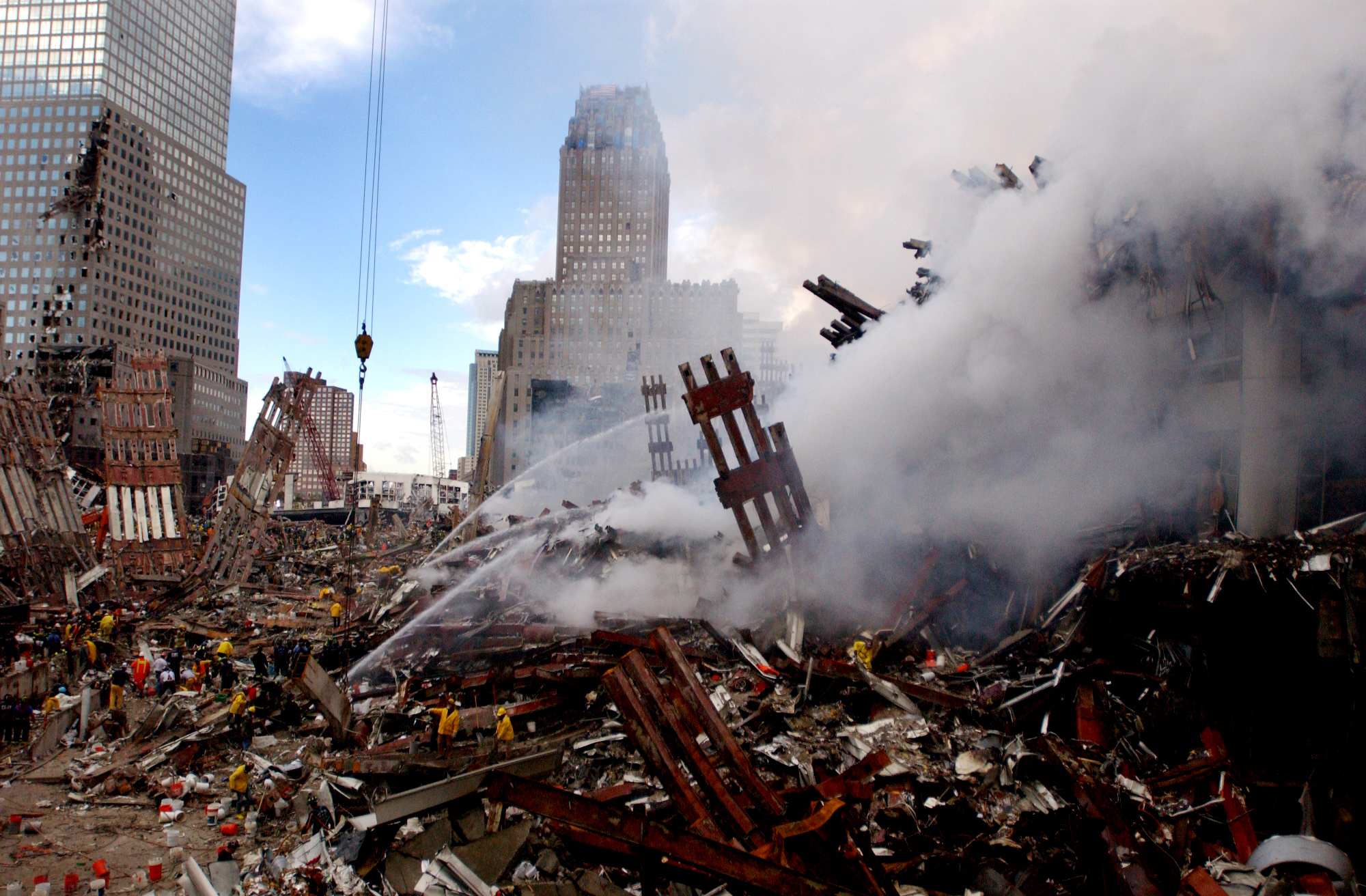
After she got sober, Marcy had three good years with her friends and family, slowly overcoming the trauma wrought by her experience on the 81st floor.
Unfortunately, just as the attacks left scars on New York's skyline and at Ground Zero, they may also have left hidden marks on Marcy.
In August of 2014, she went to the doctor with stomach pain, and learned that she had stomach cancer.
She always believed that the toxic dust that she inhaled that day, the dust that made her image famous around the world, was what made her sick.
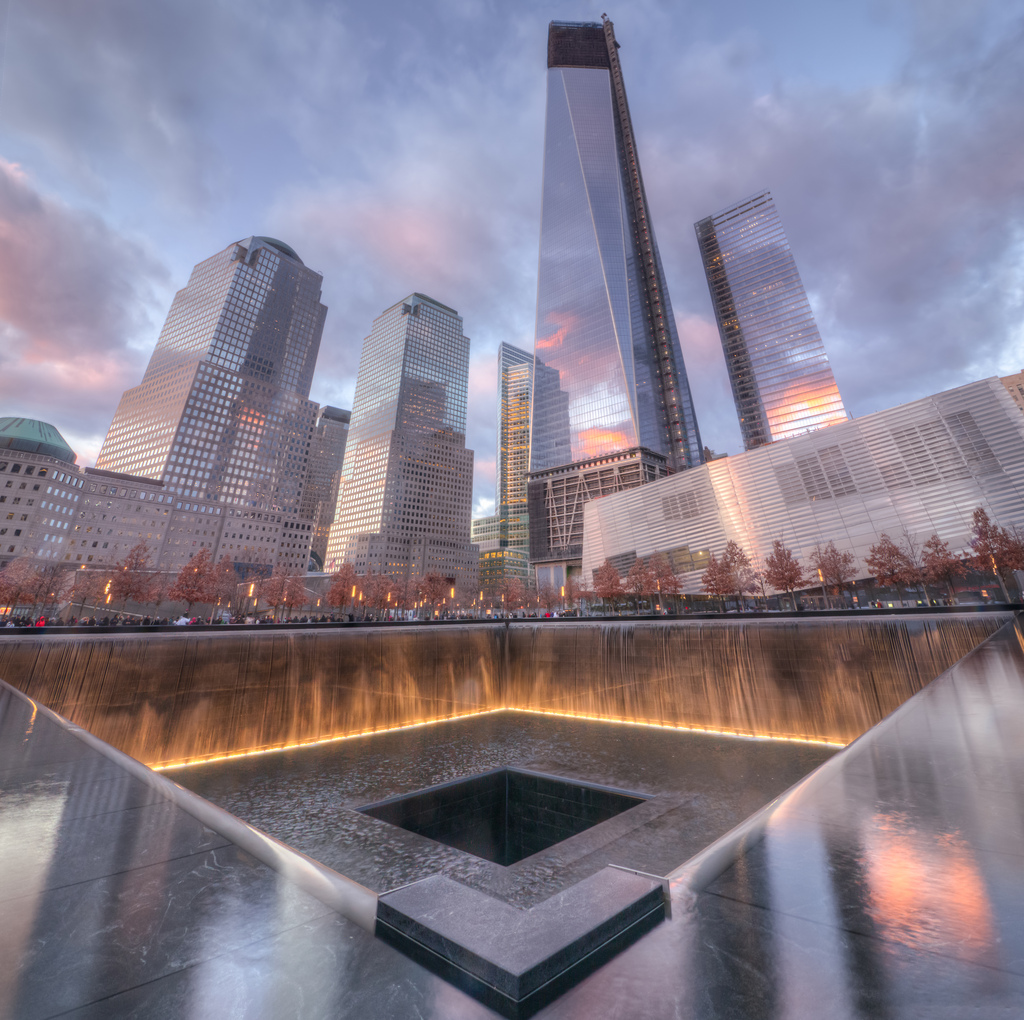
In August of 2015, Marcy Borders passed away from complications of stomach cancer.
In her wake, she leaves a painful life's story — but she also leaves a legacy of pride, and of rising, both literally and figuratively, from the ashes.
Despite the trauma of that day, she came back from her experience, and became a symbol of the resilient spirit of the American people.
She reconnected with family and friends, and gave the world two incredible children: Noelle, now studying for her Master's, and Zayden, in elementary school, who will carry on her legacy for years to come.
And she will never be forgotten; there is no doubt that her image will be remembered for generations to come.
If you'd like to learn more about what you can do for the survivors of the 9/11 attacks, you can donate and read more on the World Trade Center Survivor's Network. In honor of the 15th anniversary of 9/11, please SHARE with friends and family in Marcy Borders' memory.

